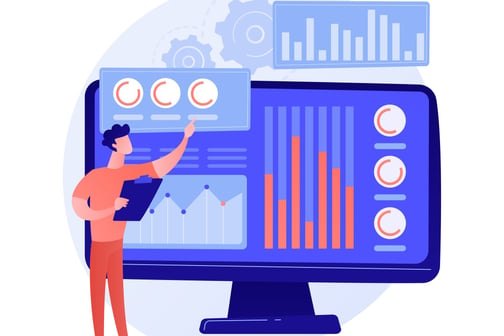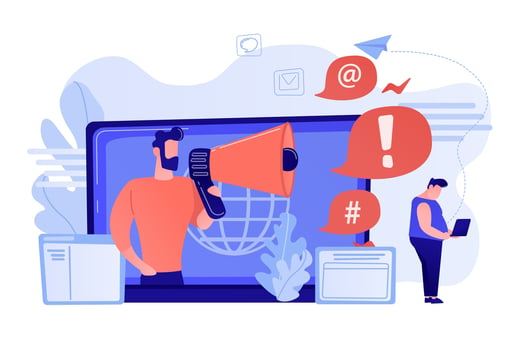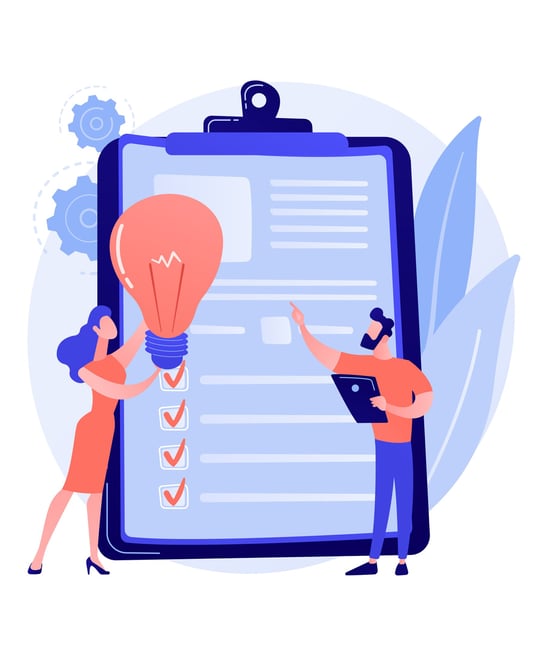🧪 How We Conducted the Study
We gathered responses from approximately 60 students across different years and majors using Google Forms, combining:
Multiple-choice questions designed to be relatable and reflective of real academic struggles.
An open-ended section to collect authentic student voices and recommendations.


🔎 What Did the Survey Reveal?


🎯 Preferred Way to Learn:
Video tutorials came out on top. Students appreciated the ability to pause, rewind, and learn at their own pace, citing them as their most preffered learning resource.
⚠️ Major Student Challenges
From follow-up questions, we uncovered recurring struggles with passive lectures, difficult textbooks, and a lack of guidance:
64.9% of students rely heavily on YouTube to understand material.
57.9% said they only truly understand the concept while cramming for exams.
54% reported feeling frequently burned out by textbook jargon.
📢 Top complaints included:
“Lectures are either too fast… or way too slow.”
“I zone out, then fall behind.”
“If I miss a lecture, I’m completely lost.”
“I waste hours looking for decent YouTube videos that match what we learned.”




💭 What Do Students Want?
We asked, “If you could change one thing about how you're taught, what would it be?”
Here's what students overwhelmingly said:
✅ Key Recommendations
For many years, the traditional system made sense—simply for the lack of a better alternative. But today, with emerging technologies like AI assistants and interactive learning platforms, we finally have the tools to build something better. There’s no excuse to stay stuck in the past when the future of education is right in front of us—smarter, more personalized, and built to actually support how students learn.
🔁 1. Start Small: Pilot Flipped Sections for Introductory Courses
We recommend universities begin by flipping a few introductory math and science sections, tracking student engagement, grades, and feedback over a semester. This allows for risk-free experimentation while giving educators real data to build on.
🎥 2. Create Self-Paced Video Libraries (Without Flipping Classes)
Students love video tutorials. With a mean comfort rating of 4.19 out of 5, they're the most favored learning resource by far.
That’s why we recommend taking a low-risk, high-reward first step: Building a centralized video library of short, step-by-step lessons—no full flip (yet).
These videos should:
Match the official course syllabus exactly.
Break down concepts with examples and guided practice problems.
This allows the university to gather real student feedback and performance data—before making a full commitment to the flipped model. It’s a way to test the waters while improving learning outcomes immediately!


Empowerment
Transforming education through personalized learning experiences.
Contact
Learn more
info@flippedclassroom.com
+024418006
© 2025. All rights reserved.
